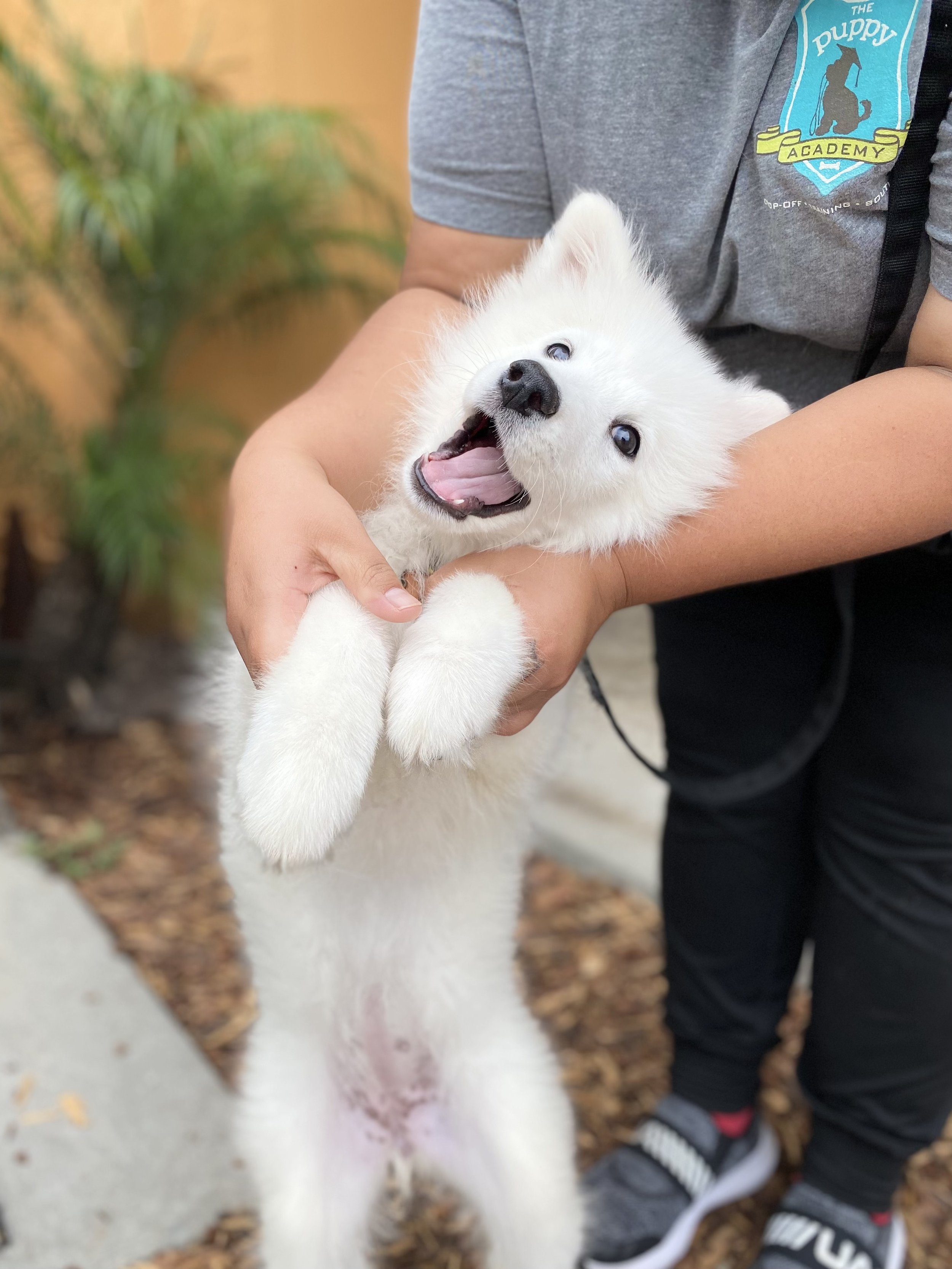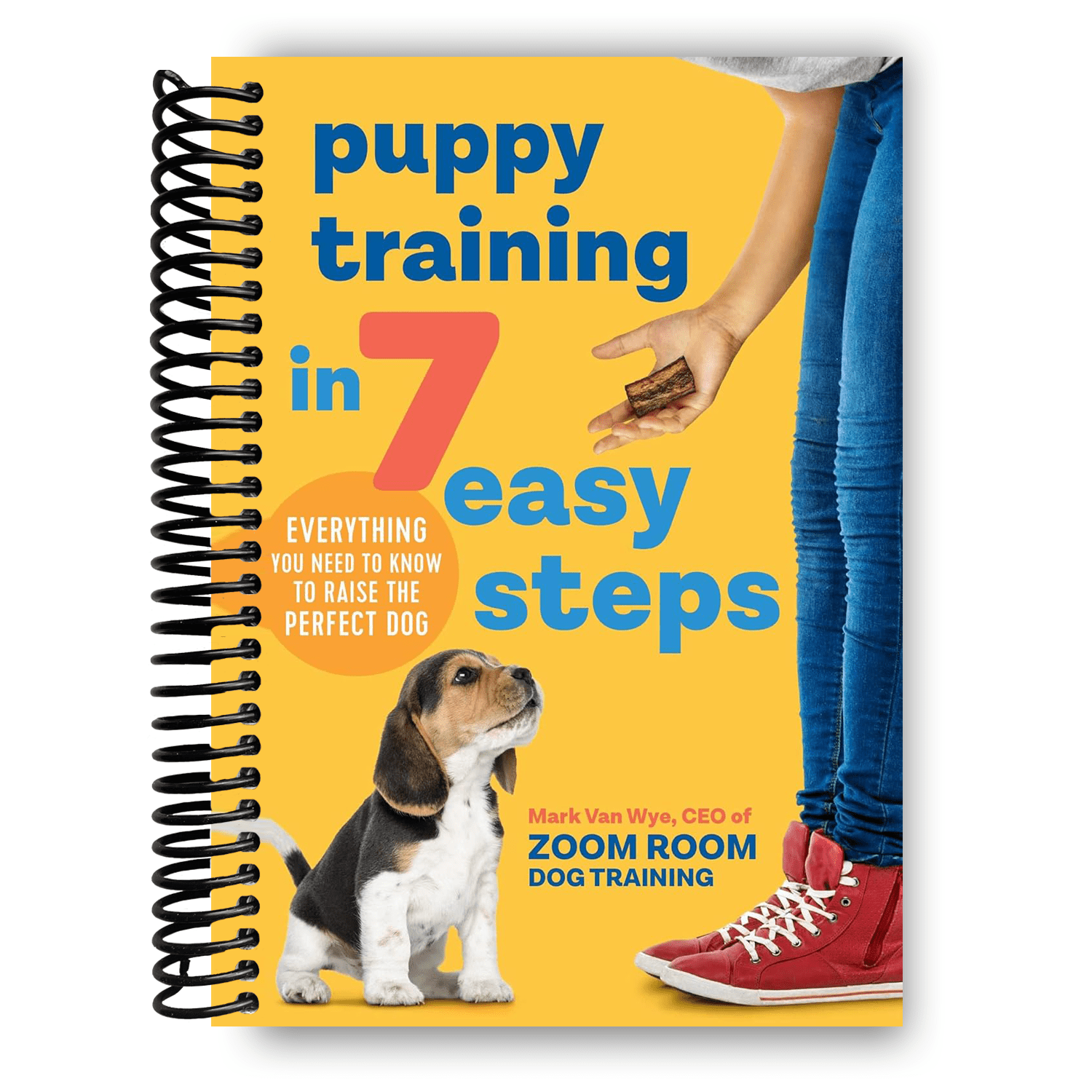Common Mistakes to Avoid in Puppy Training and How to Correct Them
Common Mistakes to Avoid in Puppy Training and How to Correct Them
Blog Article
Top Young Puppy Training Techniques to Ensure a Mannerly Pet Dog
Efficient pup training is important for growing a mannerly friend, and numerous techniques can dramatically influence a pet dog's advancement. As we explore these techniques even more, it comes to be clear that the success of puppy training hinges on a mix of approaches that can change your family pet's behavior in impressive methods.
Positive Reinforcement Techniques
Making use of favorable support methods is necessary for efficient puppy training, as it urges wanted habits through benefits as opposed to penalty. This method takes advantage of the all-natural knowing processes of dogs, reinforcing good behavior by supplying tangible and instant incentives, such as treats, appreciation, or play. By linking favorable end results with certain activities, young puppies are a lot more most likely to repeat those habits in the future.
Incentives need to be given right away after the preferred habits happens to produce a clear link in the young puppy's mind. Additionally, varying the kinds of benefits can maintain a young puppy's interest and inspiration throughout the training procedure.

Uniformity in Educating Commands
Keeping uniformity in training commands is crucial for enhancing the lessons learned with favorable reinforcement techniques. Pets thrive on routine and predictability, so utilizing the exact same verbal commands and hand signals for certain habits is important. This uniformity helps young puppies comprehend what is anticipated of them, decreasing complication and irritation for both the fitness instructor and the pet dog.

Timing additionally plays a substantial role in consistency. Commands ought to be delivered immediately during training sessions and followed quickly by positive reinforcement, such as deals with or appreciation. This instant action helps strengthen the organization between the command and the desired habits.
Incorporating consistency right into training sessions will certainly produce a steady discovering setting, advertising quicker proficiency of commands. Ultimately, a well-structured technique promotes a strong bond between the pup and its owner, causing an extra well-behaved and obedient pet dog.
Socializing With Various Other Pets
Socialization with other animals is crucial for a puppy's advancement, as it helps them find out appropriate actions and communication skills in diverse social contexts. Very early interactions with various pets can considerably affect a pup's personality and flexibility in various circumstances. When young puppies are subjected to a variety of family pets, they become much more positive and much less scared, which can avoid prospective behavioral problems later on in life.

Show your puppy to recognize signals from various other family pets, such as signs of playfulness or pain, promoting shared regard and understanding. Normal socialization not only improves your puppy's social skills yet additionally contributes to their overall wellness, producing a much more unified living environment.
Cage Training Perks
Identifying the countless advantages of dog crate training can significantly enhance both the pup's and proprietor's experience. Crate training provides a protected and secure setting for puppies, ensuring they really feel safeguarded when laid off. This complacency can substantially reduce anxiety and anxiety levels for both the pet dog and the owner.
Additionally, cages act as an important house-training tool. Puppies normally prevent soiling their resting location, thereby encouraging them to hold their bladder until they are allow outdoors. This instinct can expedite the house-breaking procedure, promoting good behaviors early.
Crate training likewise helps in managing a young puppy's habits when not being watched. By giving an assigned space, proprietors can stop damaging actions, such as chewing on furniture or entering into dangerous materials. Moreover, pet crates can be helpful during traveling, using a familiar room that can help calm a puppy in new environments.
Last but not least, establishing a dog crate routine encourages independence, allowing young puppies to find out just how to be alone without fear. On the whole, cage training is a reliable click reference method for promoting security, technique, and serenity, resulting in a well-adjusted, mannerly pet dog.
Chain Training Fundamentals
Leash training is a basic element of responsible family pet ownership that makes certain a enjoyable and safe walking experience for both the pup and its proprietor. Correct leash training begins early, preferably during the pup's socializing period. When out in public., this training assists develop excellent behaviors and advertises favorable behaviors.
To start, choose a comfortable collar or harness that fits your pup well. Attach a strong leash, guaranteeing it is not too long, as this can cause drawing and unpredictable actions. Start in a quiet setting to minimize distractions and slowly introduce your puppy to new environments.
Use positive reinforcement methods, such as deals with and appreciation, to motivate your young puppy to stroll close to you. Quit strolling and wait for them to return to your side before proceeding if your pup pulls. This shows them that pulling will not produce ahead movement. Consistency is key; technique frequently and remain individual, as mastery takes time.
In addition, include short training sessions with fun disturbances to construct your pup's focus. With devotion and perseverance, chain training will certainly lead to an accommodating companion, making strolls delightful for both the proprietor and the pup.
Conclusion
In verdict, utilizing reliable young puppy training strategies is vital for establishing a well-behaved pet. On visit this page the whole, these methods collectively basics advertise a harmonious partnership in between pups and their owners.
As we discover these methods even more, it becomes clear that the success of puppy training hinges on a combination of approaches that can change your family pet's actions in amazing methods.
Using positive support strategies is essential for reliable puppy training, as it motivates wanted behaviors via incentives instead than punishment.Crate training also helps in taking care of a puppy's actions when unsupervised.Leash training is an essential aspect of responsible animal ownership that guarantees a secure and delightful strolling experience for both the puppy and its owner.In verdict, utilizing efficient puppy training techniques is critical for establishing a mannerly pet.
Report this page